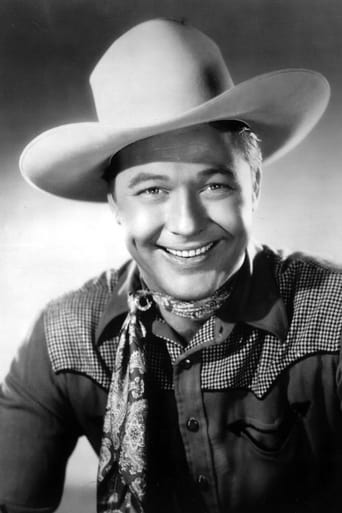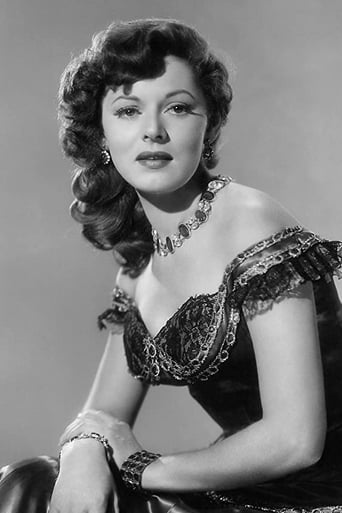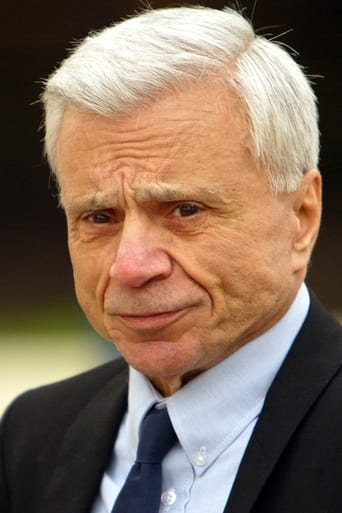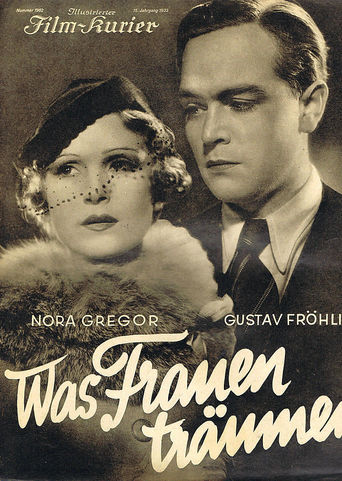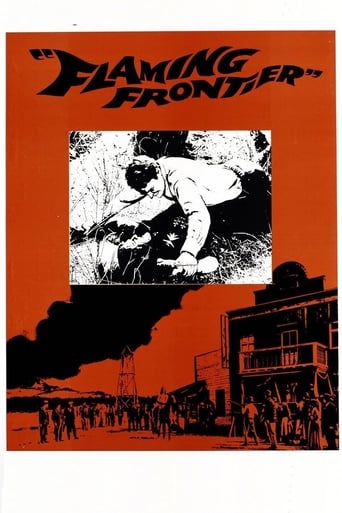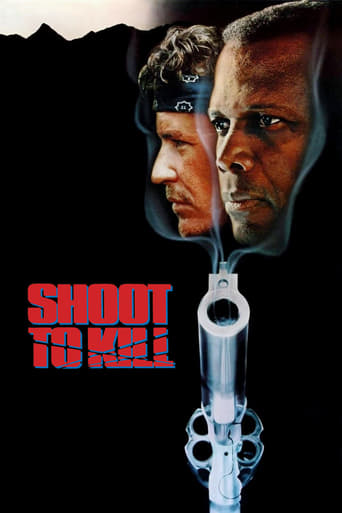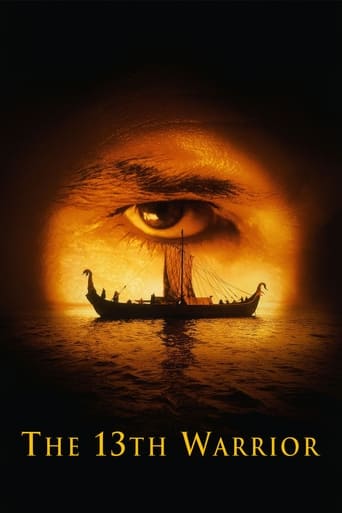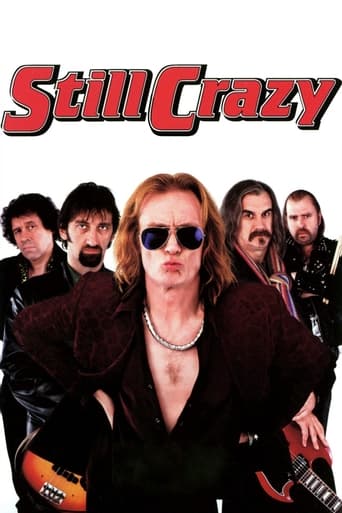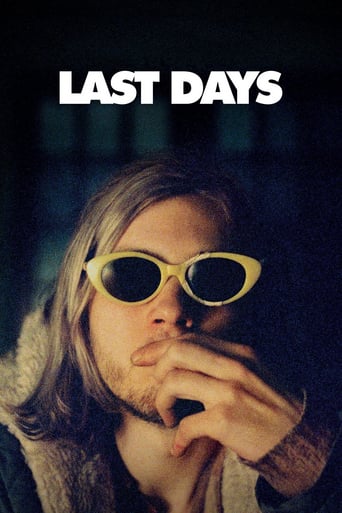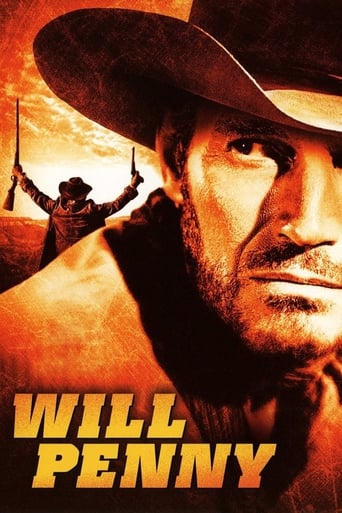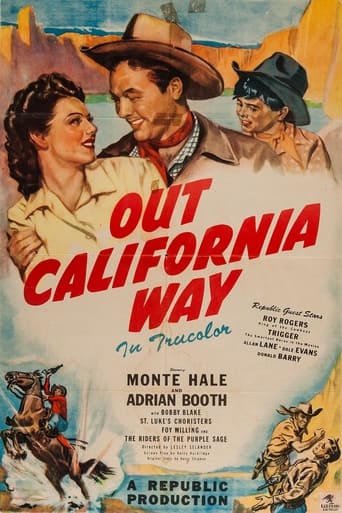
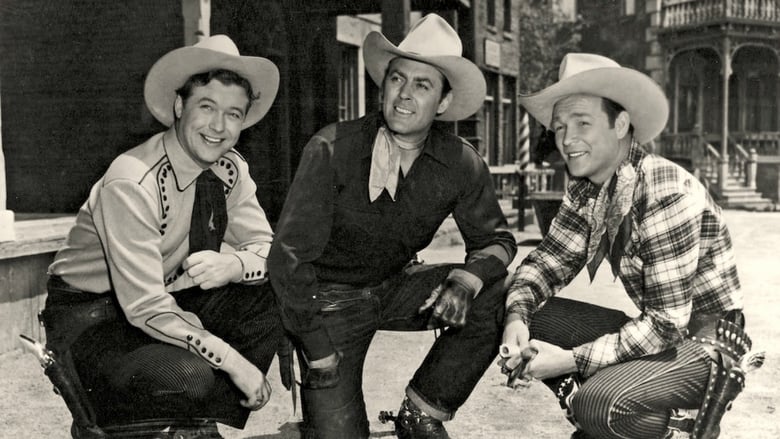
Out California Way (1946)
Newcomer Monte Hale is tying to just get a job in western films when he meet young Danny McCoy and his sister Gloria. Danny is trying to get his horse, "Pardner" into films. Monte sings a song and "Pardner" does some tricks and a casting director notices. Monte gets a singing-cowboy role and the horse gets a bit, but there is an accidental explosion, engineered by western star Rod Mason, who is jealous of Monte, and the horse is badly scared and blows his lines.
Watch Trailer
Cast
Similar titles
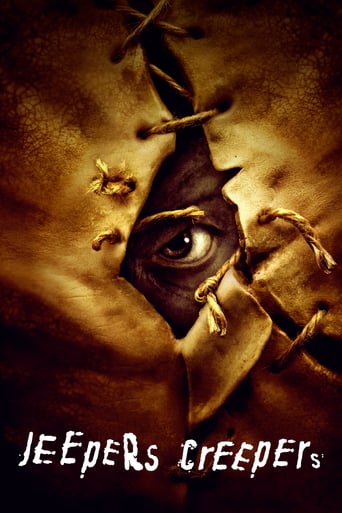
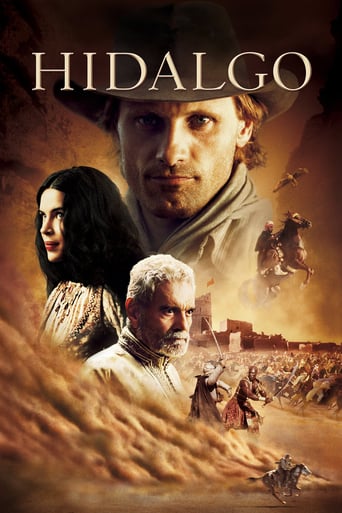
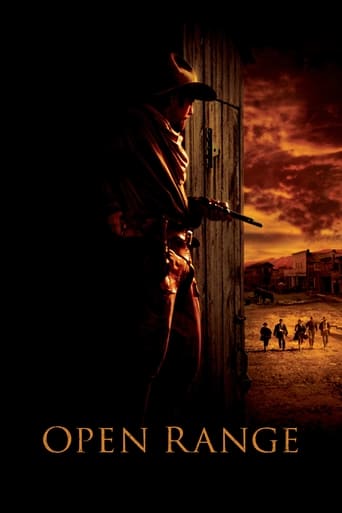
Reviews
I think this is a new genre that they're all sort of working their way through it and haven't got all the kinks worked out yet but it's a genre that works for me.
I don't have all the words right now but this film is a work of art.
Crappy film
Actress is magnificent and exudes a hypnotic screen presence in this affecting drama.
Re: the reviewer's question of why Roy Rogers' picture is on the front cover of the DVD box. Because the distributor wants to sell the DVD. He is perhaps the best known movie cowboy to today's audiences, secondly only to John Wayne. He once appeared in a Gene Autry western, when he was still billed as "Dick Weston." He gets in a fight with Autry and of course is beaten. Autry wants to bring him in to sing with the Sons of the Pioneers. Don't ask why, just one of those Republic lines. On the video box I saw, usually at one of those dollar stores, Gene and Roy are both featured on the cover, but the photos are from the Forties, not l936 when the film was made. Since Roy was better known to today's western fans, many of whom never saw his old movies, just his TV series, his picture was on the box for Out California Way. Monte Hale was initially supposed to replace Roy if he was going to be drafted during WW II. Roy had not decided to go into television as yet. That wouldn't come until 1951. Monte began his career doing bit parts in Republic's serials and westerns until finally getting his break in Home on the Range (1946). Yeah, the Trucolor was a little gaudy but Republic was trying to add appeal to their box office trade which was already beginning to show post war expenses. As to the plot line of making a movie within a movie, Republic had already done that with Bells of Rosarita, with Republic cowboy stars coming to Roy's aid in tracking down the outlaws. Sure, we kids knew they were only playacting, but what the heck. Sit back and enjoy the picture. One should try to look at these films in the time frame of when they were made and not compare them to today's big budget films that play down to the audience, rather than to entertain.
Although Roy and Dale have a cameo appearance in this movie, they are not the stars. I bought the DVD with Roy featured on the cover to watch a Roy Rogers movie. As you can see from the other commentators, this movie is not so much a western as it is about making a western, Hollywood style, and that's the story. Roy and Dale were probably the best part of the movie when they did a song together and then rode off on their horses. Of course, when you get Roy and Dale together and doing their thing, they tend upstage everyone else anyway. That is meant in a good way as it was just their natural talents and personalities that shine in any movie. The only one that I've seen that can keep up with them on the same screen is George Gabby Hayes. Anyway, the movie was OK and had some good actors. Monte Hale seemed to be a very likable fellow and sang well. In fact, I think the problem with his part was that he was being too nice, and that's not natural. If the bad guys were doing to me, what was being done to him, I'd be a little more angry. But when you're an actor you have to do it the way the director tells you if you want to work. Bobby Blake was very good as a child actor, and it is difficult to match him to the mean spirited type actor he became. Then again, life experiences have changed many a person and we all have to play the hand we are dealt. Allan "Rocky" Lane had a cameo and it was good to see a cameo of Don "Red" Barry too, as he was a favorite of mine as a kid. The female lead was Lorna Gray (aka Virginia Pound and Adrian Booth), who is one of the last surviving cast members of Columbia Pictures Three Stooges shorts. A pretty girl, she did a nice job of the part given her. John Dehner was the bad guy, as he was often cast in many westerns. Rarely a starring role but almost always a very important supporting role in more TV shows and movies than I can count. And he always did an excellent job, it just seemed to come naturally to him. I remember him as a newspaperman in the TV show of the 60's titled The Roaring 20's. This was a favorite show, as I never missed a chance to watch Dorothy Provine, who was the star of the series (OK, Donald May was in it but when Dorothy is on screen - wow!). It is said that John Dehner started out as an animator for Walt Disney and was an accomplished piano player. And of course, the pleasant tunes of Foy Willing and The Riders of the Purple Sage. If you're looking to spend a pleasant Saturday matinée type hour, then no harm done with this movie. But if you are looking to see Roy Rogers in a starring role, don't let the cover fool you, he only has those few minutes of cameo (but well worth seeing and hearing with Dale).
This isn't so much of a western movie, as it is a movie about MAKING western movies - set in the mid 40s. There are at least a half-dozen songs here, but many of them are quite juvenile. I guess that's supposed to play to the youthfulness of the audience at whom this must be aimed. Most of the music is provided by Foy Willing and The Riders of The Purple Sage, but Roy Rogers and Dale Evans - as part of their cameo appearance - also contribute a tune. Rocky Lane and Red Barry briefly cross the screen as well. Robert (Bobby, as he was billed back then) Blake has a main part: While trying to get his HORSE in films, he meets actor-wannabe Monte Hale. The newcomer ultimately upstages an established radio-to-celluloid cowboy, thereby establishing what little tension there is in this flick. In addition, the kid has an older sister, who provides a bit of romance involving her and Monte. The plot and dialogue throughout seems very contrived, which may be too noticeable to adults; and kids may lose interest in a few places.
Routine trivial western from Republic, glossed up with their 2 color Trucolor, which makes all the actors look like they're wearing tons of rouge. One does get to see a few of the other western actors in the Republic stable as guest stars including Allan "Rocky" Lane, Don "Red" Barry, and off course Roy Rogers and Dale Evans. Monte Hale, the star of this epic though doesn't convey any charisma whatsoever, explaining his rather short career(about 20 films at Republic). They say his black and whites are better, but having seen only 1 other "Home on the Range", it too in color, one wonders why indeed Monte was ever signed.
